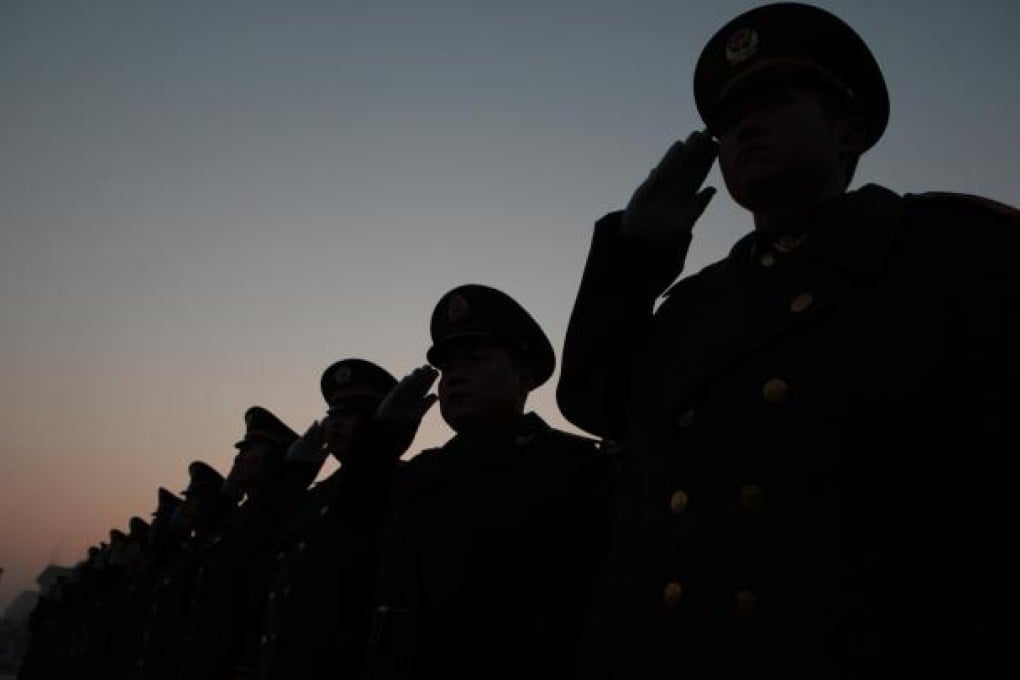Is the PLA's modernisation a sign of power, or a repeat of a tragic mistake?
Ignoring the need for social reform while modernising the military risks repeating the mistakes of the Qing dynasty

China's military development is generating more international controversy than at any time in the past decade, despite the People's Liberation Army's attempts to convince the world that it is increasing its transparency by publicising progress on some new weapons projects.
Military observers agree that the past decade has been a golden era for PLA modernisation, with Beijing busily harvesting the fruits of weapons research and development made possible by three decades of rapid economic growth.
Beijing has been stressing the need to upgrade its military capacity since the early 1990s, with double-digit annual increases in defence spending. It has recently speeded up the development of new weapons projects including China's first stealth fighter jet, the Jian-20; its first aircraft carrier and a carrier-killing ballistic missile, the DF-21D, and a third-generation, nuclear-armed, solid-fuel intercontinental ballistic missile, the DF-41.
In January 2007, China shocked the world by shooting down a weather satellite 850 kilometres above the earth, sparking fears that it could become engaged in a secret "star wars" battle with the United States. But back at sea level, the PLA Navy set new benchmarks for international co-operation and blue-water missions, playing a key role in the international anti-piracy effort off the coast of Somalia from late 2009.

